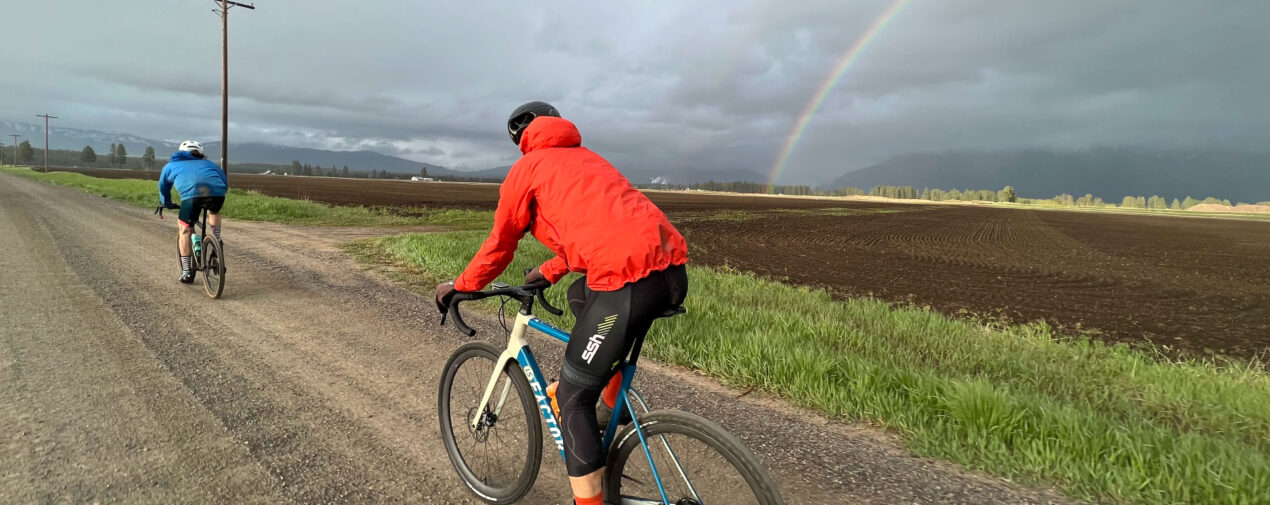So You Want to Start Gravel Riding?
What is Gravel?
Gravel biking doesn’t necessarily mean biking on gravel. The term “gravel” somehow became a catch-all for a genre that’s based on riding mixed surfaces. In reality, gravel is a fusion of road and mountain biking. Riding gravel means surfing the thresholds of road and mountain biking genres.
Gravel riders have embraced something new and (sort of) funky. There’s a welcoming community vibe in gravel. Riders from diverse backgrounds are drawn to gravel’s come-as-you-are atmosphere.
Gravel riding can take you to quiet, beautiful places with the power of your own legs. And with electric gravel bikes just about anyone who can ride a bike (and afford an e-bike) can ride gravel.
You don’t have to be in a special place to ride gravel. “Mixed surface” means riding wherever looks fun. Gravel riding often closes the loop on road rides that wouldn’t otherwise connect.
The capable nature of gravel bikes give bike riding a newfound lens of what’s possible.
Gravel doesn’t have to be long distance. Yes, some of the most well known events are hundreds of miles long, but that doesn’t mean it’s “more gravel” than going for a cruise around your neighborhood.
Part of the beauty of sports like gravel is that they’re low stress on your body. That means you can ride regularly – a huge win for both your health and riding skills.
Gravel is social, it’s adventurous, it’s accessible, and its community is ready to welcome you as a rider.
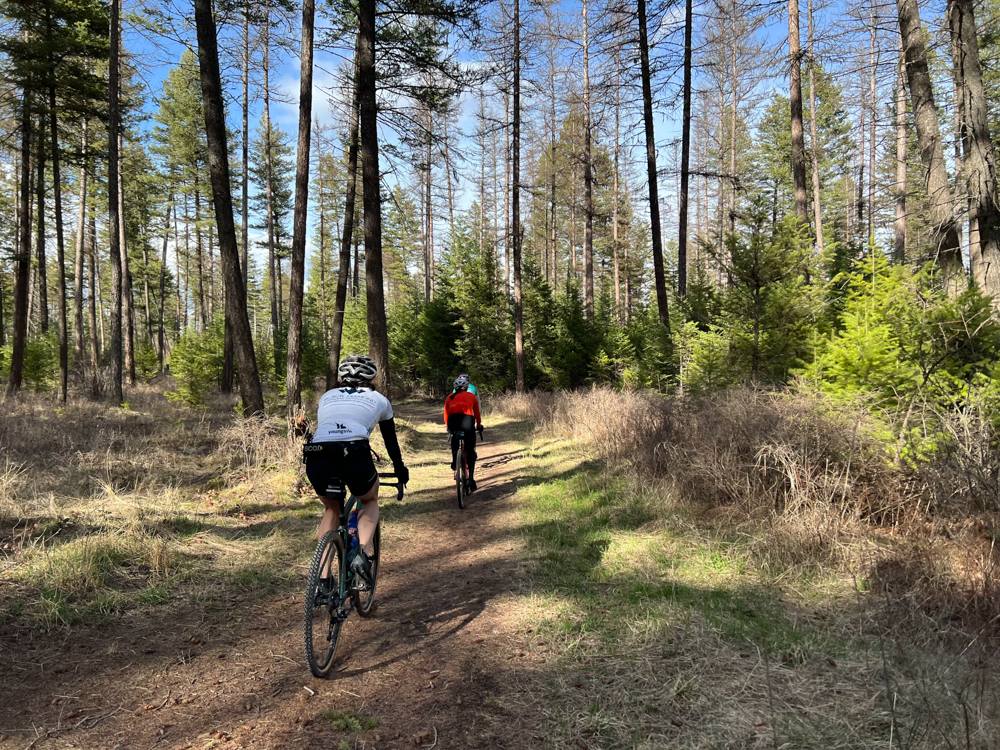
A Brief History
Gravel’s roots run as deep as the bicycle itself. Modern gravel riding is simply a take on the original form of riding a bike. In the late 19th century, when bikes first became a thing, roads weren’t paved so riding dirt was all there was.
As roads were paved (for the auto industry) bikers moved to riding alongside cars. But bike riding never became a completely road-surface activity. There have always been subcultures who stuck to playing in the dirt, a bike’s true home.
It wasn’t until the 1970’s that off-road riding became a well known activity. Experimentation with bikes that had wider tires helped them roll over loose, rougher surfaces.
The anti-estaphiment culture in Northern California at that time helped set a stage for a dirt revolution. An abundance of sturdy beach cruisers became the testing grounds for new kinds of franken-built bikes that could handle loose, rough surfaces. A ripple formed a wave.
The sport of mountain biking has since blown up and joined its siblings: road, BMX, track, and cyclocross as professional Olympic level sports, and as a regular hobby for millions of people around the world.

Then goldilocks showed up.
It was around 15 years ago, in the fly-over states of the midwest that a new group of riders emerged. With farm roads as their playing field, these riders took road and cyclocross bikes on totally made-up ultra distance courses, just for the hell of it. They called it gravel and it quickly grew to become one of the most popular forms of bike riding.
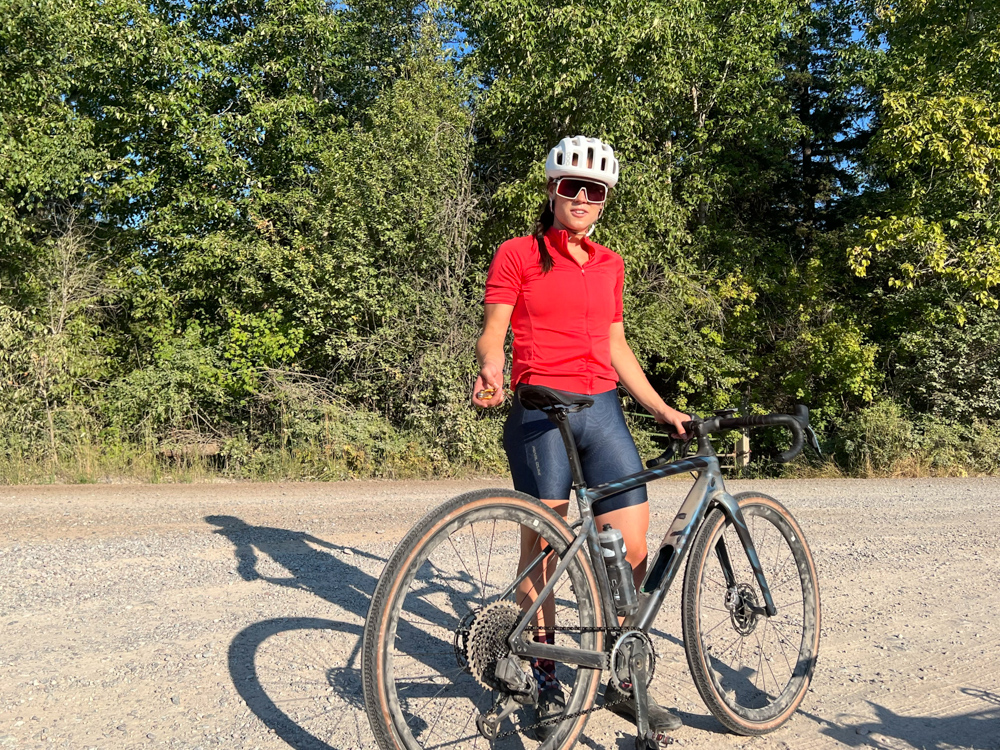
Gravel Bikes: Efficient Yet Capable
Gravel riding is fitness based like road biking, but line choices over rough surfaces require bike handling skills like mountain biking. For a new rider, the best way to get into gravel biking might actually be on a mountain bike.
Riding off road can be intimidating. Wider tires, flat handlebars, and a more relaxed riding position all help riders feel more confident when the going gets loose. But after getting your wheels under you, chances are, you’ll want to go faster.
You Might Like A Gravel Bike
Gravel bikes are quiver killers. Baked into their DNA are existing technologies and geometry borrowed from mountain bikes, road bikes, and cyclocross bikes. They have the look and lightweight efficiency of road bikes mashed with the sturdiness to take (smalls) hits like mountain bikes.
Starting with the frame, gravel geometry is a visually subtle feature but ends up making a huge difference in how the bike handles on loose surfaces, especially at speed. The longer wheelbase makes gravel bikes less lively than road or cyclocross bikes but gives all day comfort and stability.
Depending on how you look at them, gravel bikes appear to be fitted with either ultra burley road tires or wimpy skimpy mountain tires. They’re neither. Gravel tires are one of the main innovations within the genre. One thing that’s nearly ubiquitous across gravel tires is the lack of inner tubes.
Flat tires are objectively a bummer. Thankfully, advancements in tire casings, sealant, and even special inner cushions have all but eliminated flats. When punctures do happen, tire plugs offer a quick way to stop the leaking tire without needing to remove the wheel.
Wide range gearing and disk brakes are standard on all modern gravel bikes. They help riders climb and descend with confidence. Beware, entry level bikes are usually fitted with components that function well but often lack durability.
On the more roadie end of the gravel bike spectrum is a further sub-category often called allroad or endurance. These bikes are great if you usually ride on the road but want to explore a bit of dirt. It’s amazing how much terrain opens up for a bike that still rolls super fast on pavement. A great example of this kind of bike is the Specialized Roubaix
On the other end of the spectrum is something like Niner’s Magic Carpet Ride. A unique design with a suspension system that’s optimized for absorbing vibration and small roots and rocks. You wouldn’t want to take a bike like this over any big drops but the truth is, its capabilities are pretty remarkable. Evil’s Chamois Hagar is a fully rigid drop bar bike but has a geometry like a modern down-country trail bike.
If you’re feeling lost in the sauce, don’t worry. Head down to your local bike shop and tell them what kind of riding you’re feeling drawn to.
Frame bags are another popular move in the gravel space. Since you’re likely to be riding in semi-remote areas, carrying food, water, and tools is a smart move. With frame bags, you can store all of those items on your bike rather than in your jersey.
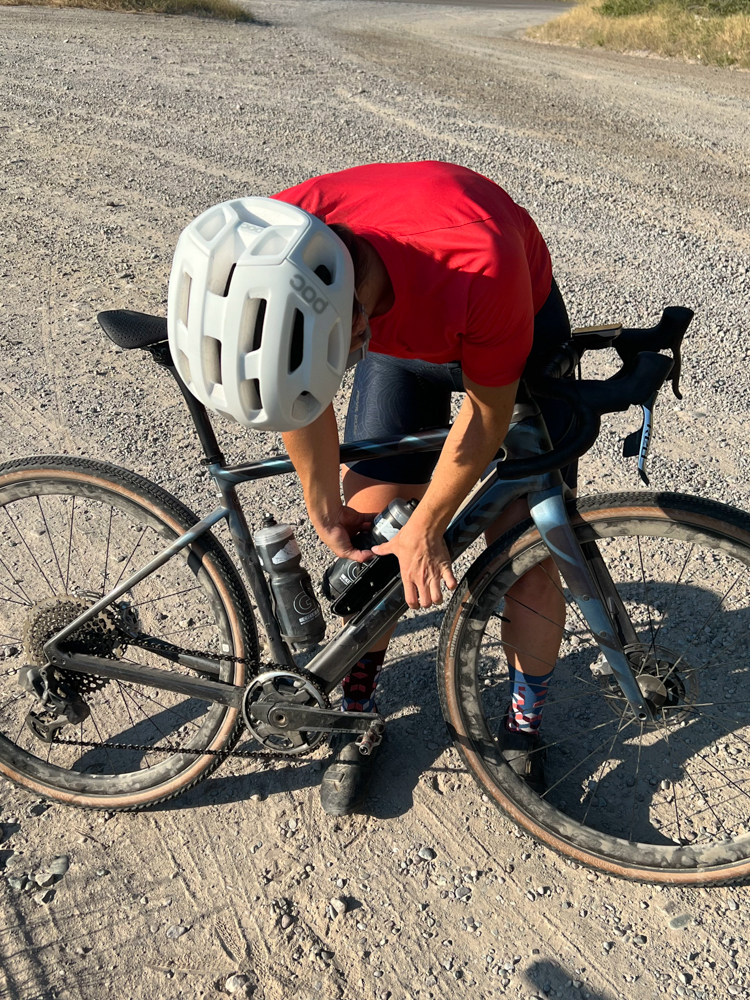
How to Gravel Ride
Gravel riding is sort of like boating a river or skiing. Some line choices are better than others. In general, the bike will go where the rider’s eyes take it. So, it’s important to notice rocks, roots, or other obstacles but to not focus on them. Rather, a soft gaze of the immediate path ahead will allow you to see ‘the line’ as you go.
Just like any sport, body tension is generally counter productive. Staying relaxed is the best way to let your body and bike naturally respond to the terrain.
It’s Meant To Be Fun
“It’s meant to be fun” is a concept Sarah Strum, who’s one of gravel’s top racers, is currently trying to promote. Gravel’s roots weren’t high stakes. Gravel is an accessible activity founded in camaraderie.
Gravel bikes are not confined to gravel roads. They’re designed for mixed surfaces. The lens for terrain considered “rideable” is really up to the rider. For example, someone might start out on pavement, get on a path, a farm road, some single-track trail used for mountain biking or hiking and all the while practice adapting the bike to the terrain.
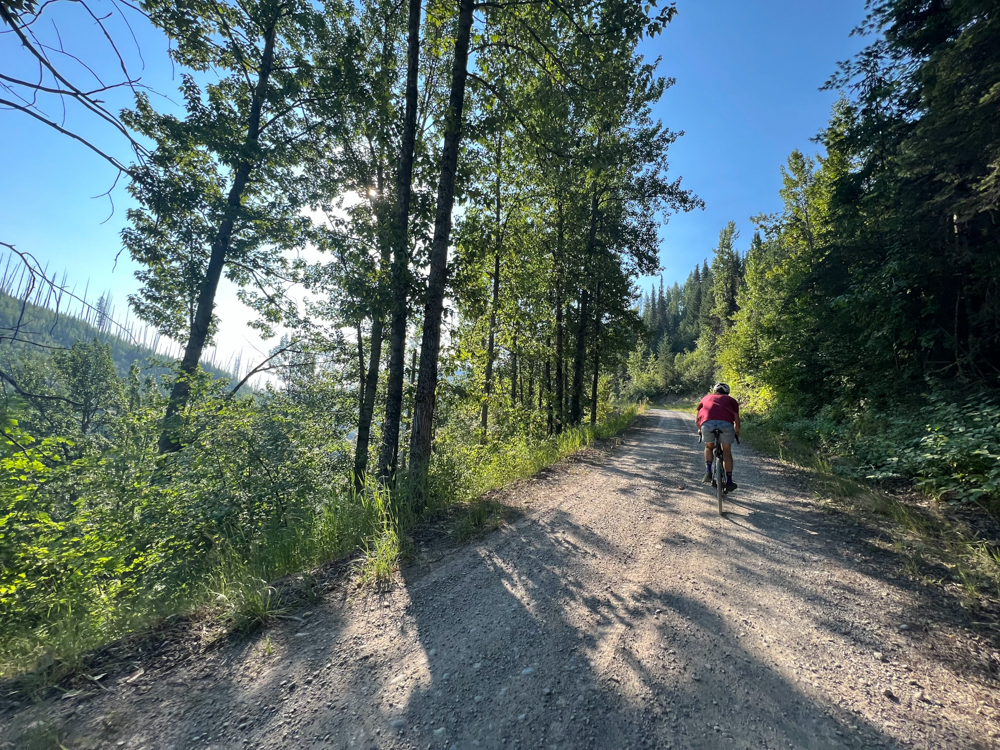
Another reason people are taking to riding unpaved surfaces is because of the lack of car traffic. Auto-related cycling deaths and injuries have a long history in the sport. Fortunately, non-paved roads are still generally much less busy than paved roads. So, gravel riders spend more time riding socially side-by-side than is generally safe on paved roads.
Photo Credit: Stella Hobbs

